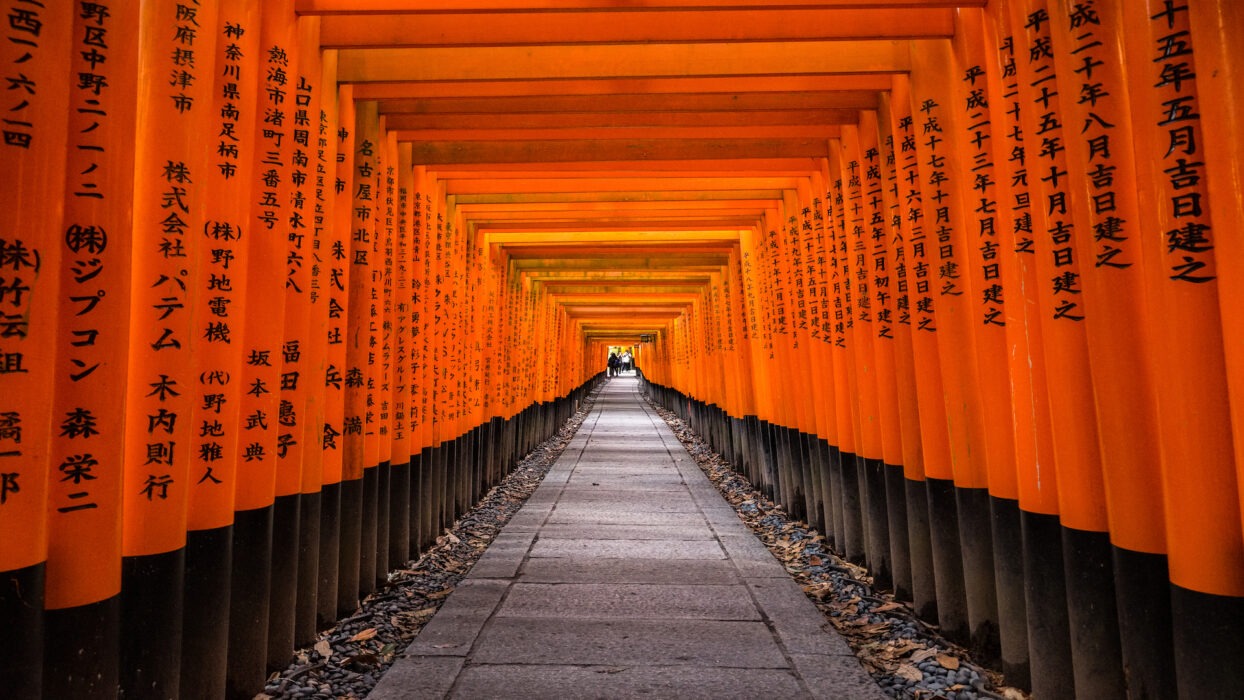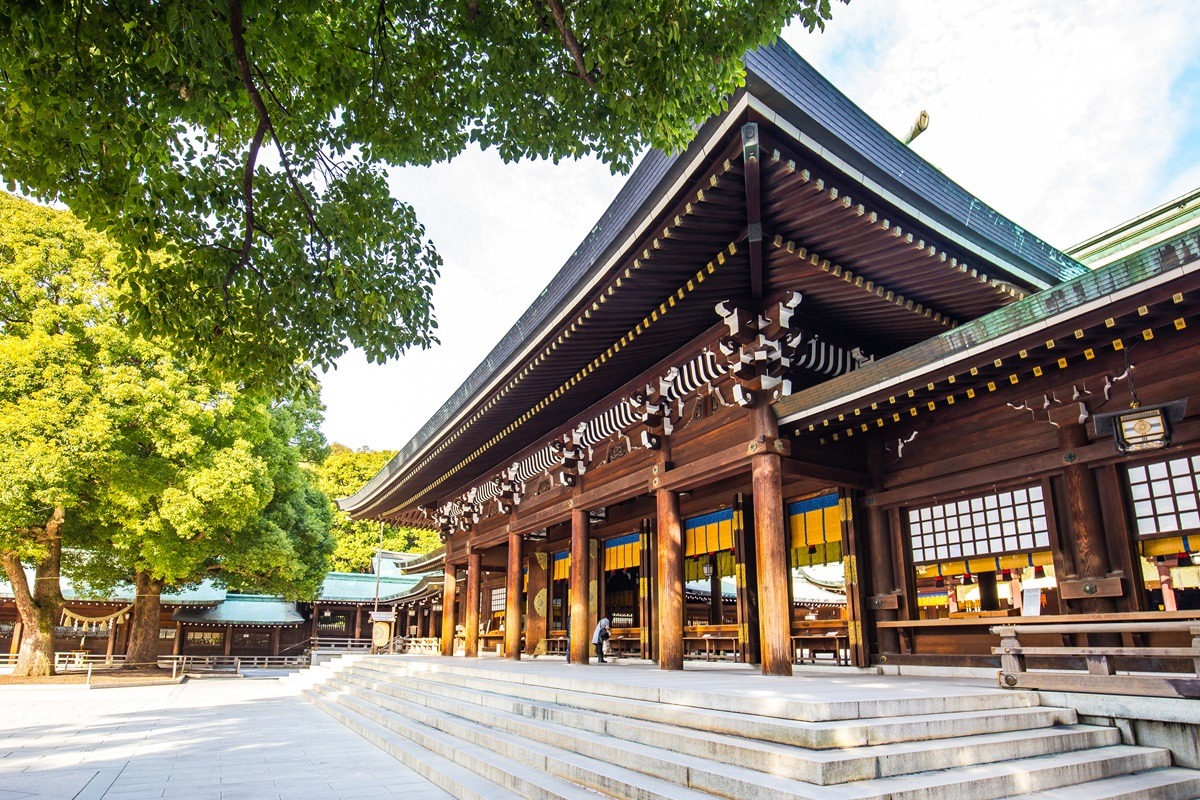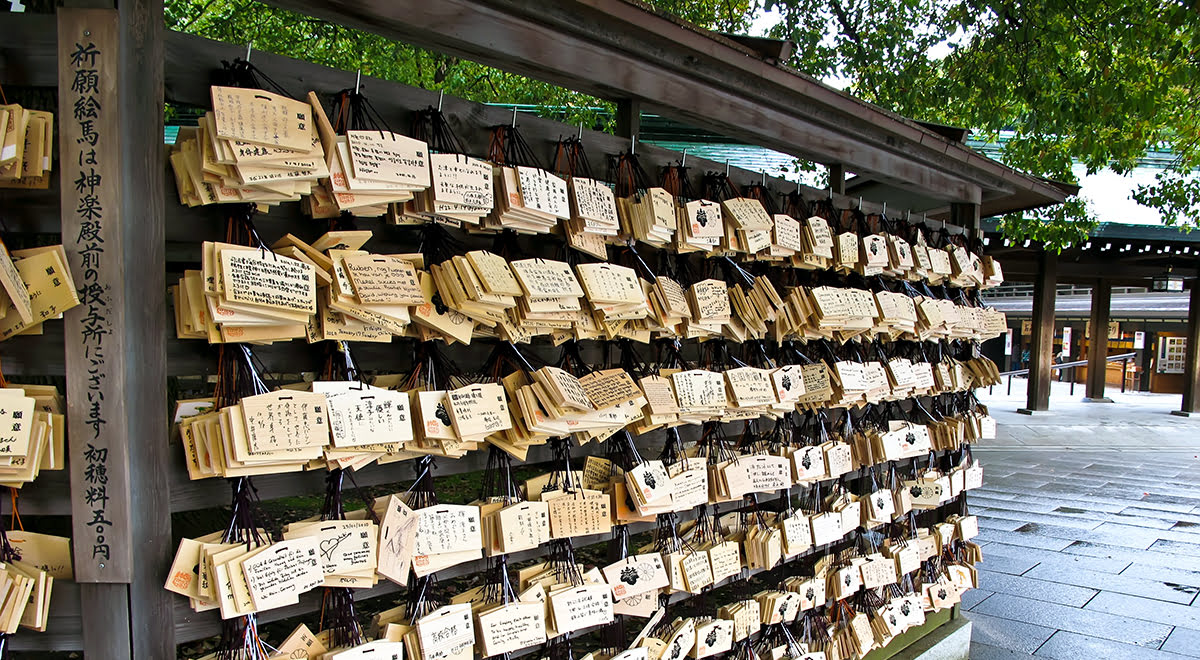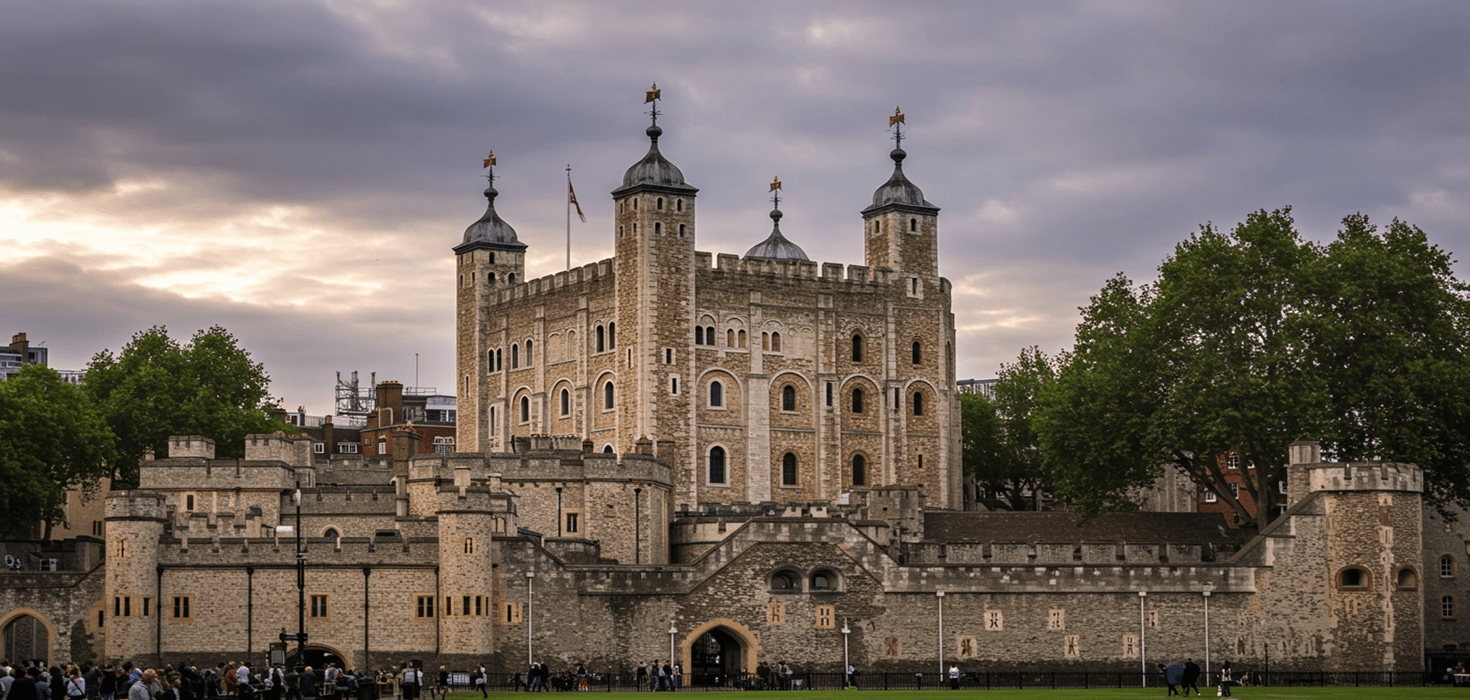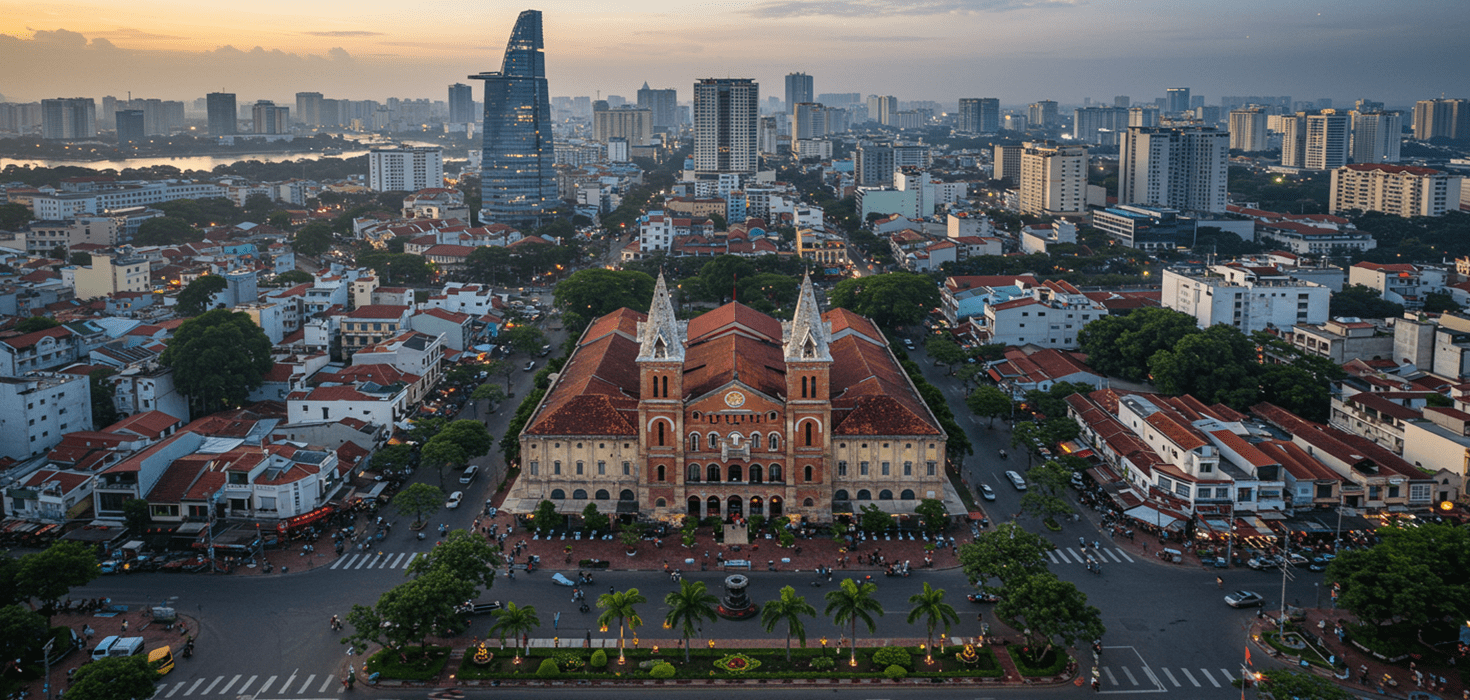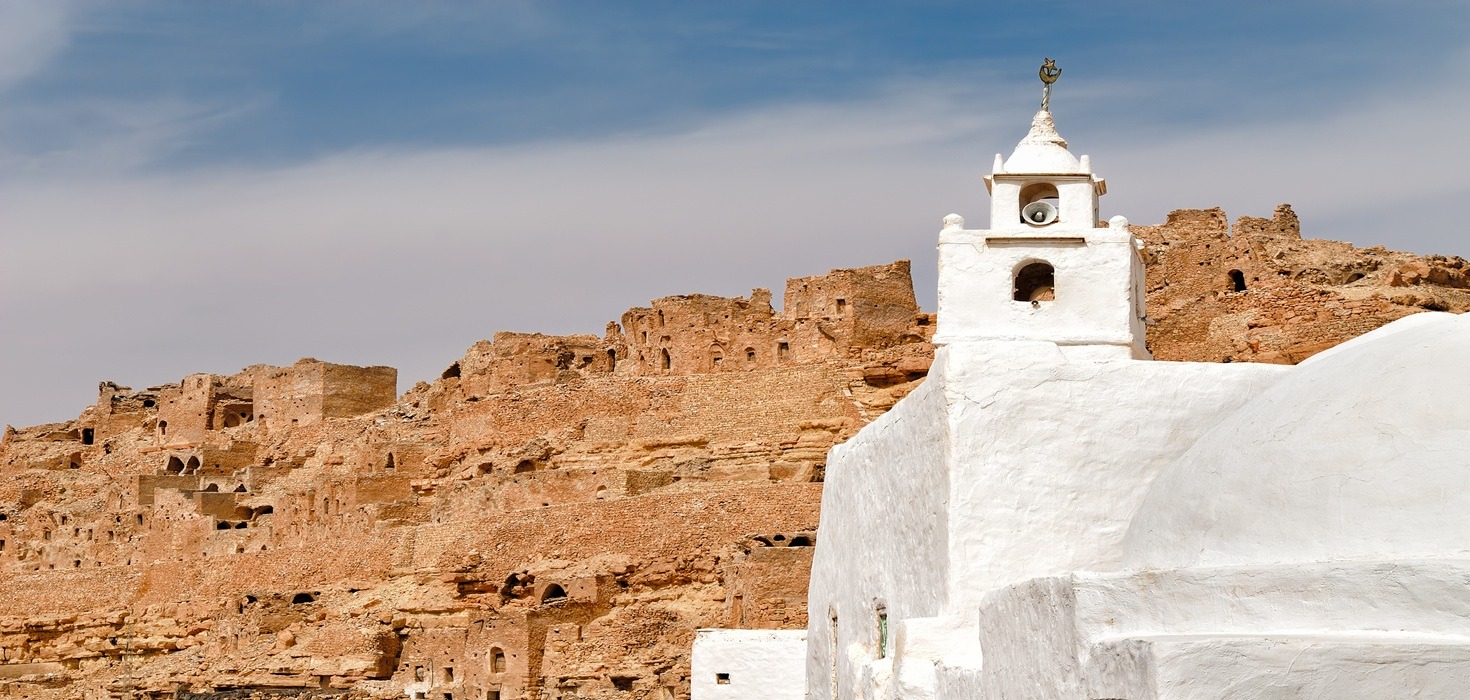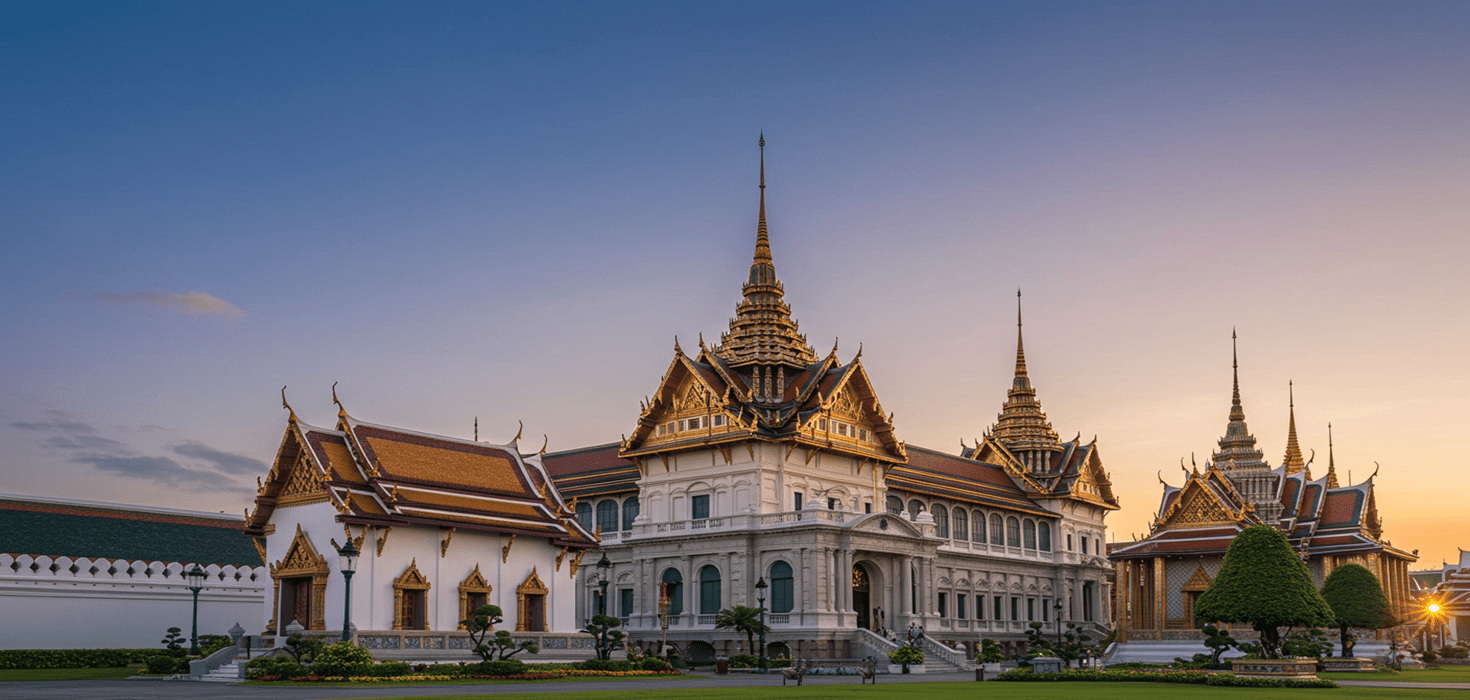Japan, the Land of the Rising Sun, is a country rich in history, culture, and spiritual traditions. Among its many treasures, Shinto shrines stand out as symbols of Japan’s ancient religion and spirituality. These sacred sites offer a unique window into the country’s past, allowing visitors to connect with the traditions and beliefs that have shaped Japanese society for centuries.
In this guide, we will take you on a journey through some of the most famous and beautiful Shinto shrines in Japan. From the serene Meiji Shrine in Tokyo to the iconic Fushimi Inari Taisha in Kyoto, we will explore the history, architecture, and rituals associated with these sacred places.
Understanding Shinto: Japan’s Indigenous Spirituality
Shinto, often referred to as “the way of the gods,” is Japan’s indigenous spirituality. Unlike many organized religions, Shinto does not have a founder or sacred scriptures. Instead, it centers around the worship of kami, or spirits, which are believed to inhabit natural elements such as trees, rocks, rivers, and mountains.
Shinto shrines are the physical spaces where these kami are enshrined. Visitors to these shrines can engage in various rituals and practices designed to honor the kami and seek their blessings. These practices often include purification rituals, offerings, and prayers.
Must-Visit Shinto Shrines in Japan
1. Meiji Shrine
Located in the heart of Tokyo, Meiji Shrine is dedicated to Emperor Meiji and Empress Shoken. It is one of Japan’s most important and visited Shinto shrines. Surrounded by a lush forest, the shrine offers a peaceful retreat from the bustling city.
At Meiji Shrine, visitors can witness traditional Shinto weddings, participate in purification rituals, and purchase various omamori (charms) for good luck and protection. The shrine’s treasure house, which displays personal belongings of Emperor Meiji, is also worth a visit.
2. Fushimi Inari Taisha
Fushimi Inari Taisha in Kyoto is famous for its thousands of vermilion torii gates that form a network of trails behind the shrine. This iconic landmark is dedicated to Inari, the Shinto god of rice, agriculture, and prosperity. The shrine’s striking torii gates and lush surroundings create a mystical atmosphere that draws millions of visitors each year.
One of the must-do activities at Fushimi Inari Taisha is to hike the trails that lead to the top of Mount Inari. Along the way, you’ll encounter numerous smaller shrines and stunning vistas of Kyoto. Be sure to explore this enchanting site both during the day and at dusk for different experiences.
3. Itsukushima Shrine
Located on Miyajima Island in Hiroshima Bay, Itsukushima Shrine is best known for its “floating” torii gate. During high tide, the gate appears to float on the water, creating a breathtaking and iconic image. The shrine is dedicated to the three daughters of Susanoo-no-Mikoto, the Shinto god of storms and the sea.
Visitors can walk through the shrine’s vermilion-lacquered corridors and take in the stunning views of the torii gate and surrounding waters. Itsukushima Shrine is also a UNESCO World Heritage site, underscoring its cultural and historical significance.
4. Ise Grand Shrine
Ise Grand Shrine, or Ise Jingu, is considered the holiest Shinto shrine in Japan. Located in Mie Prefecture, the shrine complex consists of two main shrines: Naiku (Inner Shrine) and Geku (Outer Shrine), along with numerous subsidiary shrines. Ise Jingu is dedicated to Amaterasu, the sun goddess and ancestor of the Japanese imperial family.
One of the unique features of Ise Jingu is that it is reconstructed every 20 years, a tradition known as Shikinen Sengu, to symbolize the Shinto concept of the cyclical nature of life and renewal. Visitors can explore the serene grounds and witness the traditional rituals conducted by Shinto priests.
5. Kasuga Taisha
Kasuga Taisha, located in Nara, is famous for its beautiful lanterns. The shrine is dedicated to the deity responsible for protecting the city and the Fujiwara family, a powerful aristocratic clan of ancient Japan. The shrine’s stunning approach is lined with hundreds of stone lanterns, which create a truly magical atmosphere.
One of the most enchanting times to visit Kasuga Taisha is during the biannual Lantern Festivals, held in February and August. During these festivals, both the stone lanterns and the bronze hanging lanterns within the shrine are lit, offering a mesmerizing sight.
Shinto Shrine Etiquette and Tips for Visitors
Visiting a Shinto shrine in Japan is a unique cultural experience that requires understanding and respect for local customs and traditions. Here are some essential tips to help you make the most of your visit:
1. Bow before Entering
Before entering the shrine grounds, it is customary to bow once at the torii gate. This simple gesture shows respect and acknowledges the sacred space you are about to enter.
2. Purify Yourself
Upon entering the shrine, you’ll come across a purification fountain, known as a chozuya or temizuya. Use the ladles provided to rinse your hands and mouth, following these steps:
- Scoop water with the ladle in your right hand and pour it over your left hand.
- Switch the ladle to your left hand and pour water over your right hand.
- Pour water into your left hand, rinse your mouth, and spit the water beside the fountain.
- Rinse your left hand again and let the remaining water flow down the handle of the ladle.
3. Offerings and Prayers
At the main hall, bow twice deeply, then clap your hands twice, and bow once more. You can also toss a coin into the offering box before you pray. Be sincere in your prayers and feel free to make a wish or express gratitude.
4. Avoid Walking in the Center
As you walk around the shrine grounds, avoid walking in the center of paths and steps, which are reserved for the kami (deities). Stick to the sides instead.
Exploring Shinto shrines in Japan offers a profound and enriching experience that goes beyond mere sightseeing. These sacred spaces are gateways to understanding the essence of Japanese spirituality and culture. From the historic importance of Ise Grand Shrine to the mystical allure of Fushimi Inari Taisha, each shrine has its own unique charm and story to tell.
As you journey through these hallowed grounds, take the time to immerse yourself in the ancient traditions, respectful etiquette, and serene beauty that define Shinto shrines. Whether you’re seeking spiritual enrichment, cultural insight, or simply a peaceful retreat, a visit to these shrines promises a truly memorable experience.
Remember to pay attention to local customs, participate in purification rituals, and offer your sincere prayers. These small gestures of respect will not only enhance your visit but also deepen your connection to the rich tapestry of Japan’s heritage.
We hope this guide inspires your travels and helps you navigate the enchanting world of Shinto shrines in Japan. May your journey be filled with discovery, reflection, and a newfound appreciation for the timeless beauty of these sacred sites.

